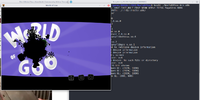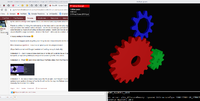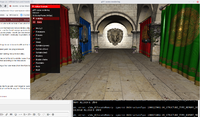I don't know if this is news or not - if it isn't then apologies and no need to read on. If it is however:
Ladies, gentlemen - pyries and pyrettes as well as pandorean citizens:
Box86 can now run Quake 4 and and Prey (2006).
Original (closed source) Id software SDL ports for Linux. Both are fully functional (with GL4ES) - both windowed and full-screen (but I decided to take windowed screenshots to again provide proof)
Quake 4:
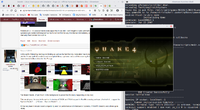
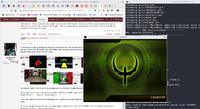
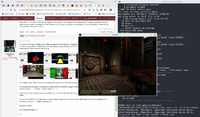
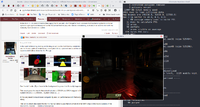
Prey:
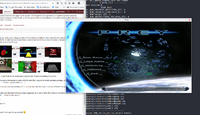
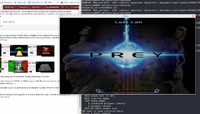

Id Tech 4 Engine: You've been Box86'ed.
If it can run these then for sure it can also run Doom 3 and Doom 3 RoE - but then I didn't really see the point in testing those as they can be played directly using 'dhewm3'.
--------------------------
Timeline:
Id software (before Bethesda came in): Here you go boys and girls - the Id tech 4 source. Have fun.
Community: Yay! Thanks Id.
Community: Wait... Quake 4 doesn't work... darn it Raven Software did something to the engine and it isn't Foss'ed...
Community: What about Prey? Same deal.. Human Head Studios did some closed source tweaking...
Community: Hey Activision / Raven / Human Head - how about giving us those source mods...? So we can update and port?
Activision/Raven/Human Head: No.
Community: Please?
Activision/Raven/Human Head: No.
Community: Oh......Guess we'll have to wait and see what we can do about it later then....
ptitSeb: I present Box86.
Community: Yeaaaahh woohoo! (and there was much rejoicing).
Box86.
(Where x86 belongs).
----------------------------
EDIT: To avoid any and all confusion - this post has nothing to do with my earlier post about the experimental Vulkan driver for the Raspberry Pi. Quake 4 and Prey were both tested using nothing but regular Mesa 20.2 and the latest revisions of both Box86 and GL4ES. Meaning both Quake 4 and Prey should be able to run on the Pyra as well. That said - they're fully functional as in - they start up and they are playable - but not great to play. It's smooth when walking around in confined spaces with few enemies around, but once the games really get going with increased battle arena sizes while sending multitudes of enemies to fight - game performance and with it game enjoyment will go out the window (the hardware simply doesn't have enough muscle). Try playing Quake 4 or Prey on a low to mid-range laptop from 2006 - that won't go all that well either. (I had a reasonable laptop at the time - with an AMD Athlon 64 and a discreet ATI graphics chip, but playing Doom 3, Quake 4 or Prey on the thing made me want to toss it out the nearest airlock).
This post was mainly intended to showcase yet another of Box86' feats and what previously utterly unthinkable software and games can now either be played or at the very least booted up on our favourite ARM devices. Realistically - if Quake 4 and Prey would ever be truly playable on the current generation of ARM SBC's and pocket devices - they'd have to be fully open sourced and put on a revised version of the game engine that allows for a lot more tweaking than the original version from 2006 (which hasn't been updated in a very very long time). Like Doom 3 - playing the original is actually more demanding than the revised open source version (dhewm3).


